SPFL RELEASED LENGTHY STATEMENT FOLLOWING RANGER FANS COMMENT AND REVEALED WETHER THE FOUL WAS RED CARD OR NOT
Scottish football’s most heated rivalry took yet another explosive turn this weekend as the SPFL was forced to step in and release a lengthy official statement addressing furious fan reactions to a brutal-looking tackle by Rangers winger Charlie Aasgaard during the Old Firm showdown against Celtic.
The incident — which saw Aasgaard’s high boot leave visible marks on a Celtic player’s thigh — sent shockwaves through social media, with thousands of fans calling for justice, a red card, and even retrospective punishment. For days, the debate raged on. But on Monday morning, the SPFL finally broke its silence, confirming what they thought of the incident — and whether Aasgaard should have seen red.
And if the federation thought their statement would calm the storm… they couldn’t have been more wrong.
The Challenge That Lit Up the Old Firm
It all unfolded in the 38th minute of the first half at Celtic Park. With Celtic leading 1–0 and Rangers chasing an equalizer, Aasgaard — known for his aggressive pressing and physical edge — charged into a loose ball with full commitment. His right boot, however, rose alarmingly high as he lunged to control the ball, connecting squarely with the upper thigh of Celtic’s midfielder, who immediately crumpled to the ground in pain.
Replays showed the Celtic man grimacing and later pulling up his shorts to reveal a clear gash and bruising. The image of the wound, broadcast live on TV and later viral across Twitter and Reddit, became the defining image of the match.
Referee Willie Collum, however, showed only a yellow card, deeming it reckless but not violent.
The decision stunned Celtic fans inside the stadium. Boos echoed through the stands. Players surrounded the referee. Even the Celtic bench erupted, with assistant staff gesturing toward the VAR monitor in disbelief.
And then came the online storm.
Social Media Meltdown: “If That’s Not a Red, Then What Is?”
Within minutes, clips of the challenge were trending across social media. The words “Aasgaard tackle” and “red card” dominated football Twitter in Scotland.
Celtic supporters’ pages were united in outrage. One fan posted:
“You can literally see the studs mark his skin. VAR looked at that and still said yellow? Joke of a decision.”
Another wrote:
“Imagine if it was a Celtic player on Tavernier — the red card would’ve come out before VAR even checked!”
Meanwhile, Rangers fans fiercely defended their winger, insisting that Aasgaard’s eyes were “clearly on the ball” and that any contact was “accidental and minimal.”
One Rangers fan tweeted:
“Aasgaard goes for the ball, nothing malicious. Slow-mo makes it look worse. Celtic fans crying as usual.”
The debate split Scottish football straight down the middle. Pundits on Sky Sports and BBC Sport Scotland were just as divided — some calling it “reckless but not violent,” others labeling it a “classic red card offense in modern football.”
By Sunday evening, hashtags like #AasgaardTackle, #OldFirmControversy, and #SPFLStatement were all trending.
SPFL Forced to Respond: “Football Must Remain Fair”
With tensions boiling and fans demanding an explanation, the SPFL’s official website quietly dropped a press release late Sunday night titled “Statement from the SPFL Chairman.”
The statement, signed by Chairman Murdoch MacLennan, addressed the growing backlash and sought to clarify how the disciplinary process handled the incident.
“We have reviewed the match footage and the decisions made by both the on-field referee and the VAR team,” the SPFL statement read.
“While the challenge was forceful, the match officials deemed it not to meet the threshold of ‘serious foul play’ as defined by IFAB Law 12. As such, the yellow card stands, and no further action will be taken.”
MacLennan continued:
“The physical nature of Scottish football remains one of its defining characteristics, but player safety is also paramount. We have faith in the professionalism of our officials, who acted with due consideration and within the laws of the game.”
That final sentence — “the yellow card stands” — sent Celtic fans into meltdown.
Celtic Supporters Furious: “Protecting Rangers Again!”
Celtic supporters were livid. Many accused the SPFL of “protecting Rangers players” and “turning a blind eye” to dangerous challenges whenever the blue side of Glasgow is involved.
Fan blogs described the statement as “embarrassing” and “a slap in the face to every supporter who saw the footage.”
A viral post on X (formerly Twitter) by a popular Celtic fan account read:
“So the SPFL admits it was forceful but still no red? What message does that send? If you wear blue, you’re untouchable.”
Another fan commented:
“They literally waited two days to say ‘we back the ref.’ Absolute disgrace.”
Even some pundits sided with the angry fans. Former players suggested the SPFL was “too eager to defend officials” instead of addressing inconsistencies in refereeing.
One ex-referee told The Scotsman:
“That’s a dangerous challenge anywhere on the pitch. Studs up, contact above the knee, and visible injury — all the elements of a red card under Law 12.”
Rangers Fans Fight Back: “It’s a Contact Sport!”
On the other side, Rangers supporters applauded the SPFL’s decision, calling it “common sense” and accusing Celtic fans of “crying foul” every time a decision doesn’t go their way.
“It’s a derby, not a dance recital,” one Rangers supporter posted. “Aasgaard went for the ball, the opponent was just unlucky.”
Rangers manager Philippe Clement reportedly defended his player post-match, saying Aasgaard “played with intensity, not malice.”
“Charlie’s commitment is what this club demands. He’s gone for the ball and unfortunately caught the opponent. It’s football, not ballet.”
Those words echoed through fan forums and podcasts, becoming symbolic of the ongoing rivalry — where even clear-cut fouls turn into political battles.
The VAR Question: Did Technology Fail Again?
Many neutral fans, however, turned their anger toward VAR.
VAR checked the incident during the match but chose not to upgrade the yellow to a red — a decision that baffled viewers who saw the slow-motion replays. The tackle appeared to tick every box for serious foul play: studs raised, excessive force, and contact above the knee.
So why didn’t VAR intervene?
The SPFL statement tried to explain:
“The VAR officials determined there was no clear and obvious error by the on-field referee. Therefore, the decision to issue a yellow card was upheld.”
Critics weren’t convinced. Social media users pointed out that “clear and obvious” seems to change meaning every week in Scottish football.
One journalist wrote:
“If VAR can’t spot a red card when there’s blood drawn, what’s the point of having it?”
Behind the Scenes: Referees Under Pressure
Insiders claim the controversy has caused tension behind the scenes. Referees’ associations reportedly urged the SPFL to back their officials publicly to avoid setting a precedent where online outrage dictates disciplinary reviews.
A source quoted by The Herald said:
“The pressure on refs during Old Firm games is enormous. Every decision gets magnified 100 times. The SPFL had to show they trust their process — otherwise, chaos.”
Still, many believe the league’s credibility has taken another hit.
Celtic fans argue that refereeing inconsistency has “plagued” Scottish football for years, while Rangers fans insist they are “always portrayed as the villains” even when playing fairly.
The Aftermath: A Derby That Never Ends
By Tuesday morning, the footage of Aasgaard’s challenge had been viewed over 3 million times on social media. Talk shows, podcasts, and newspapers continued dissecting every frame of the replay.
Meanwhile, both clubs have remained silent officially — though insiders suggest Celtic have privately raised concerns about “VAR standards” with the SPFL’s Refereeing Department.
As for Aasgaard, he has reportedly received both praise and abuse online, with fans split over whether he’s a “warrior” or a “reckless liability.”
One thing is certain: this Old Firm derby, like so many before it, will be remembered not for the goals, but for the controversy.
SPFL’s Final Word
In closing, the SPFL reiterated that the case is “closed” and “no further disciplinary action will be taken.” But judging by the fan reaction, the debate is far from over.
“Scottish football thrives on passion,” the SPFL statement concluded.
“We respect that emotions run high during such matches, but we must always uphold fairness and the authority of our officials.”
For many, that sounds less like closure and more like an invitation for the next controversy.
Because in Scotland’s fiercest rivalry, the final whistle never truly blows.
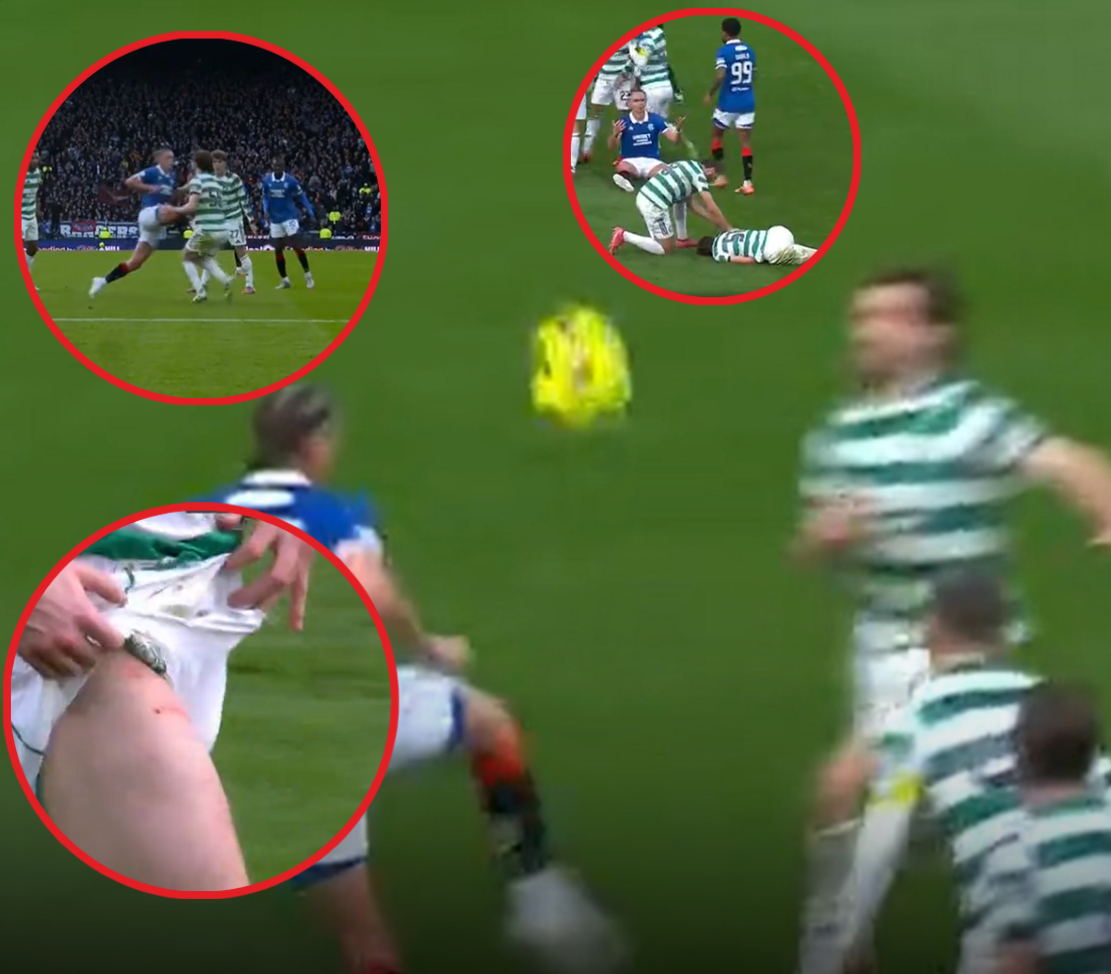

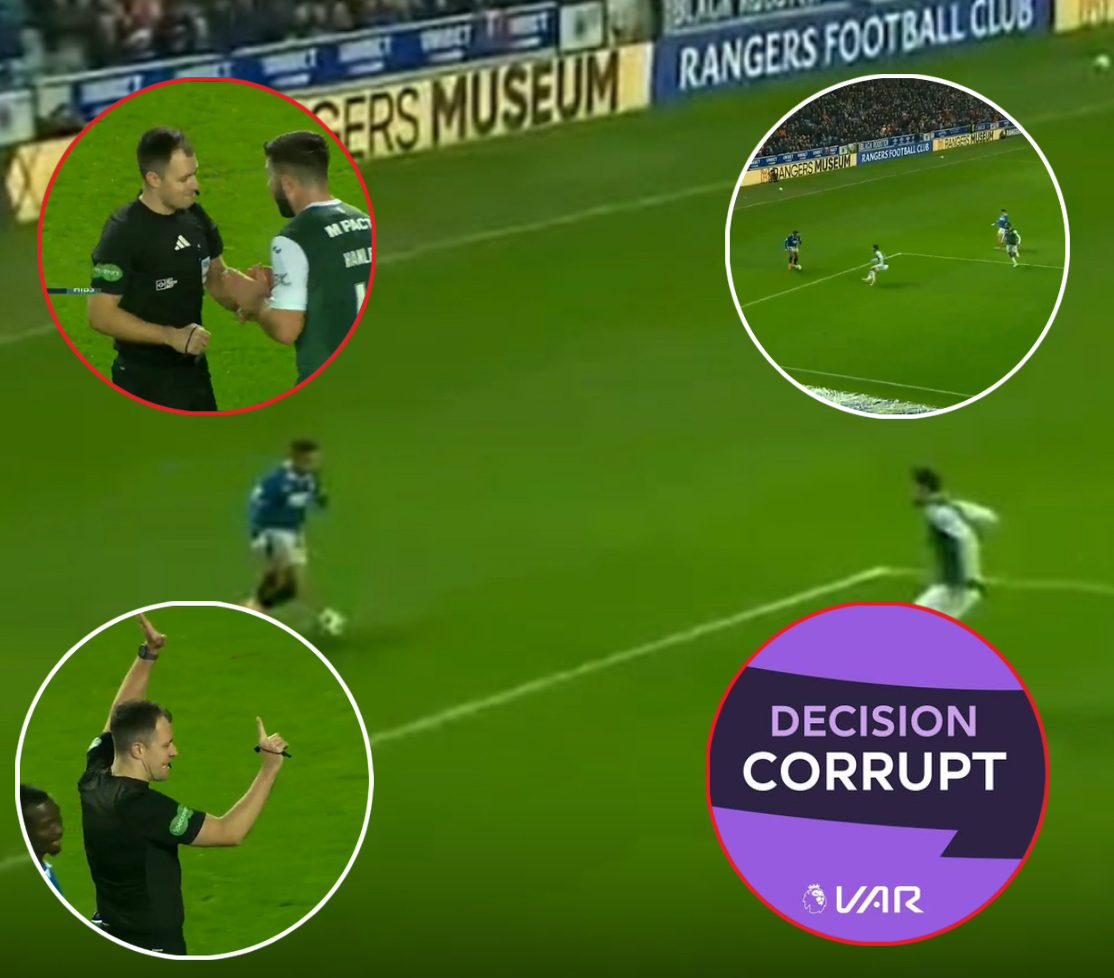
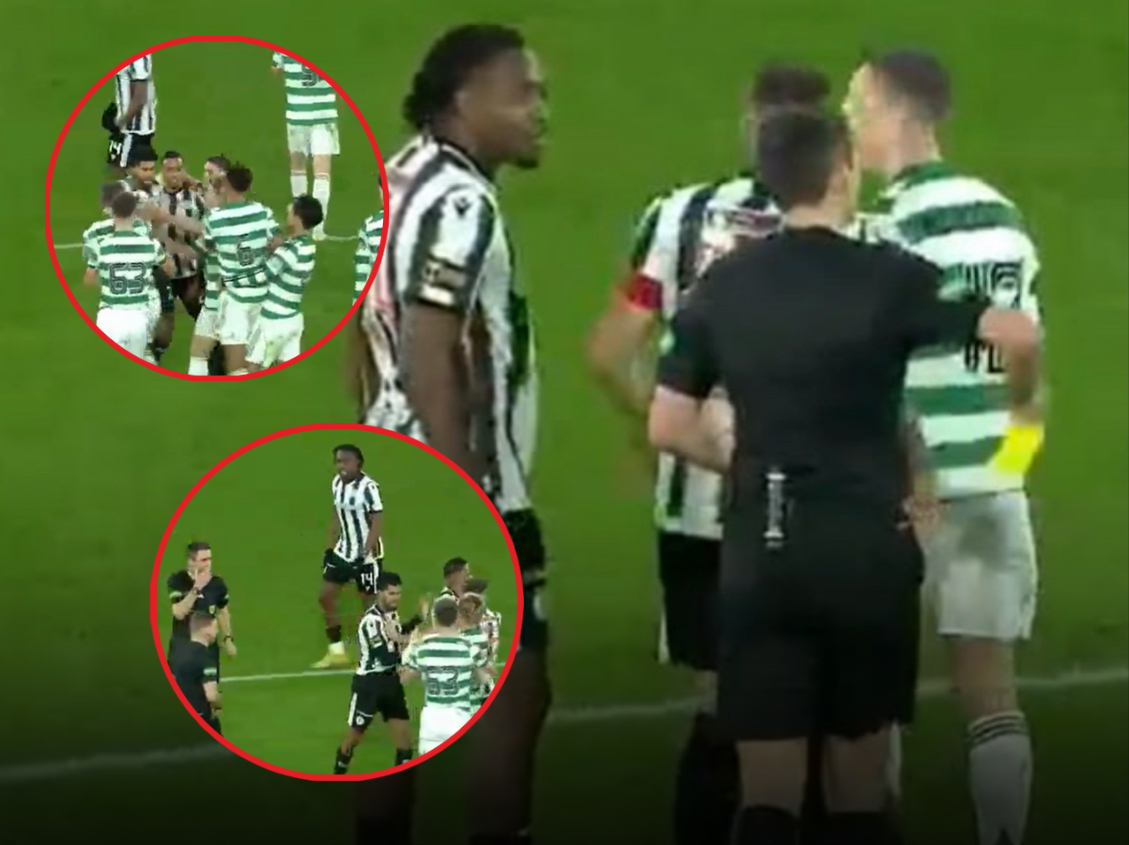

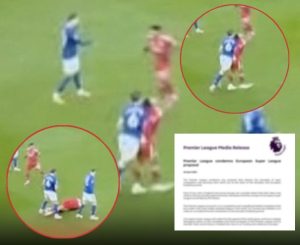

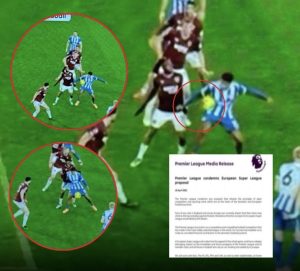
Post Comment